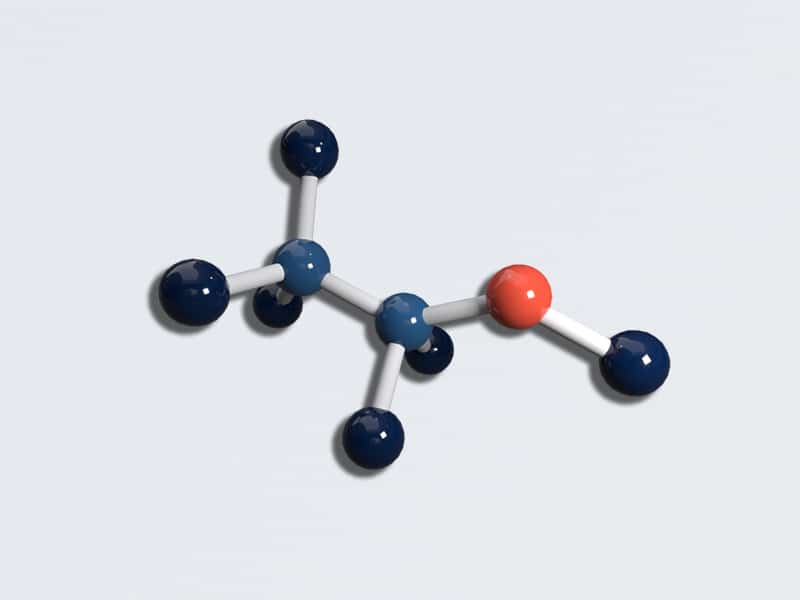
Ethanol
Formula: C2H6O | CAS: 64-17-5
Ethanol detection: Increasingly being used as a biofuel. Alcohol-based hand gels in the form of liquids, foams and gels can contain up to 95% ethanol.
Ethanol detection in everyday consumer products
Ethanol is most commonly used in alcoholic beverages; however, there are many more household and workplace items in which it is used:
- Manufacture of varnishes
- Nail polish remover
- Perfumes
- Biofuel
- Gasoline additive
- Preservative for biochemical samples
- Medicines
- Household cleaning products
- Beauty products
- Various solvents
Ethanol (ETOH) is added to unleaded gasoline to decrease environmental levels of carbon monoxide from automobiles emissions. Therefore, addition of ETOH in reformulated fuel will most likely increase and the involuntarily human exposure to this chemical will also increase. This preliminary study was undertaken to evaluate the possible neuromotor effects resulting from acute ETOH exposure by inhalation in humans.
– National Library of Medicine
An effective and resourceful ingredient worldwide
Ethanol is primarily produced from the fermentation of starch in corn grain. In the fuel industry, biorefineries use state-of-the-art technologies to convert grains, beverage and food waste, cellulosic biomass and other feedstocks into high-octane ethanol.
Because ethanol is effective in killing microorganisms like bacteria, fungi and viruses, it is a common ingredient in many hand sanitisers. The U.S. Centers for Disease Control and Prevention (CDC) recommends the use of hand sanitisers in situations where soap and water are not available. Among being used for healthcare, Ethanol also mixes easily with water and many organic compounds, and makes an effective solvent for use in paints, lacquers and varnish.
Gas Factsheet
Everything you need to know about ethanol detection
Our Gas Factsheets which is available to download below provides you with key information on the exposure limits and the locations of where potentially harmful gases can occur. We also share information on gas detection monitoring techniques and equipment that can help you manage gas detection in the workplace, for worker and site safety.

Ethanol detection
Formula: C2H6O | CAS: 64-17-5
Synonyms: ethanol, ethyl alcohol, alcohol anhydrous, Algrain, Anhydrol, ethyl hydrate, ethyl hydroxide, Jaysol, Tecsol, PL-1075 Rinse, ethyl alcohol USP 200 proof (USI), methyl carbinol, grain alcohol, ethylic alcohol, STCC 4909159, UN 1170, OHS08700
Ethanol is the starting point for a wide range of basic chemicals such as acetone, ethyl chloride and ethylene. It is an excellent solvent and fuel.













